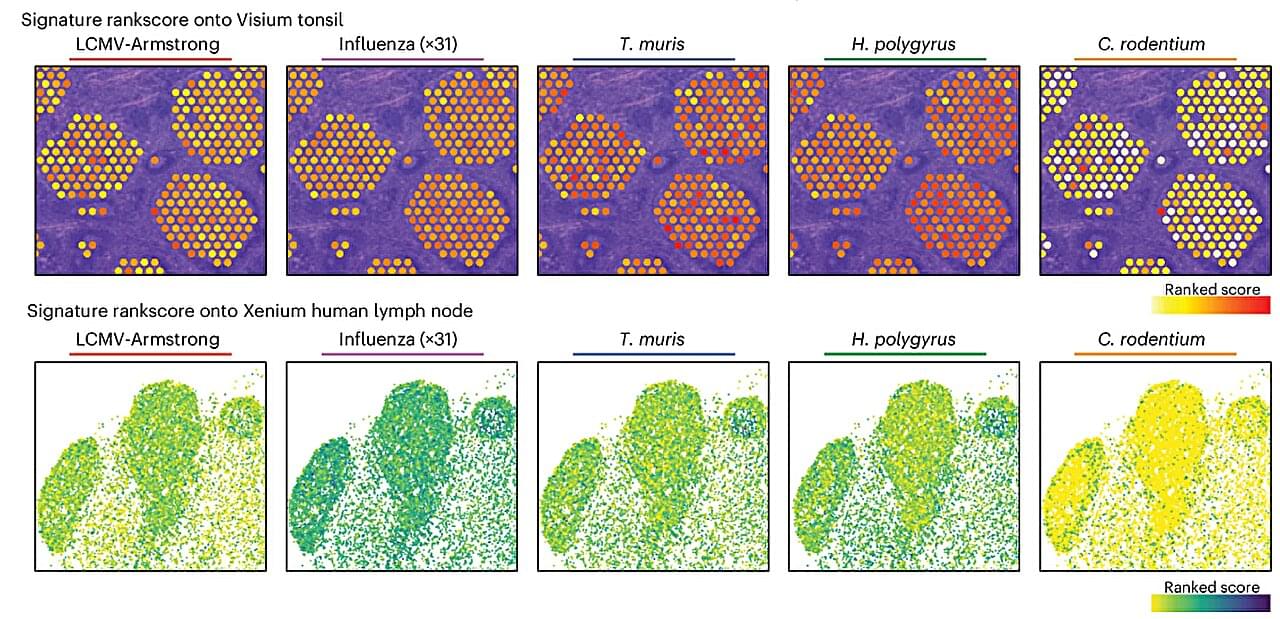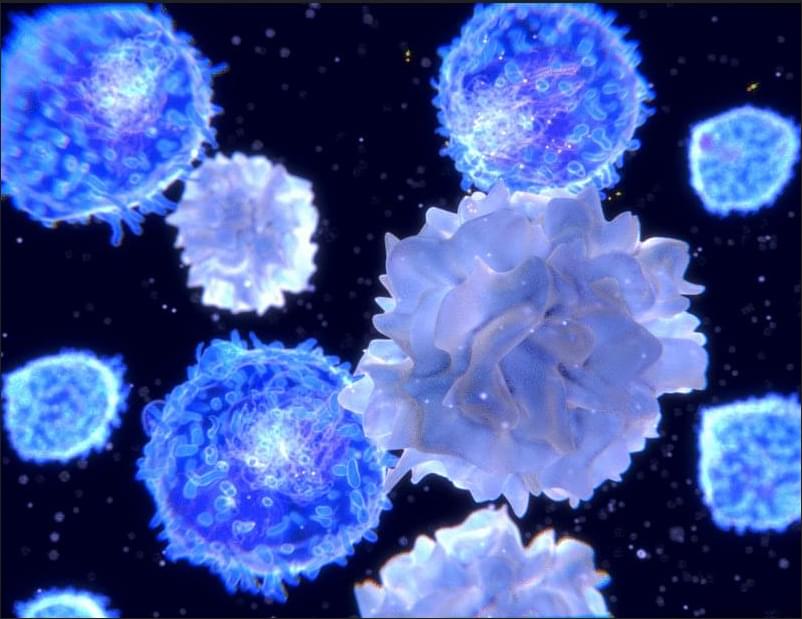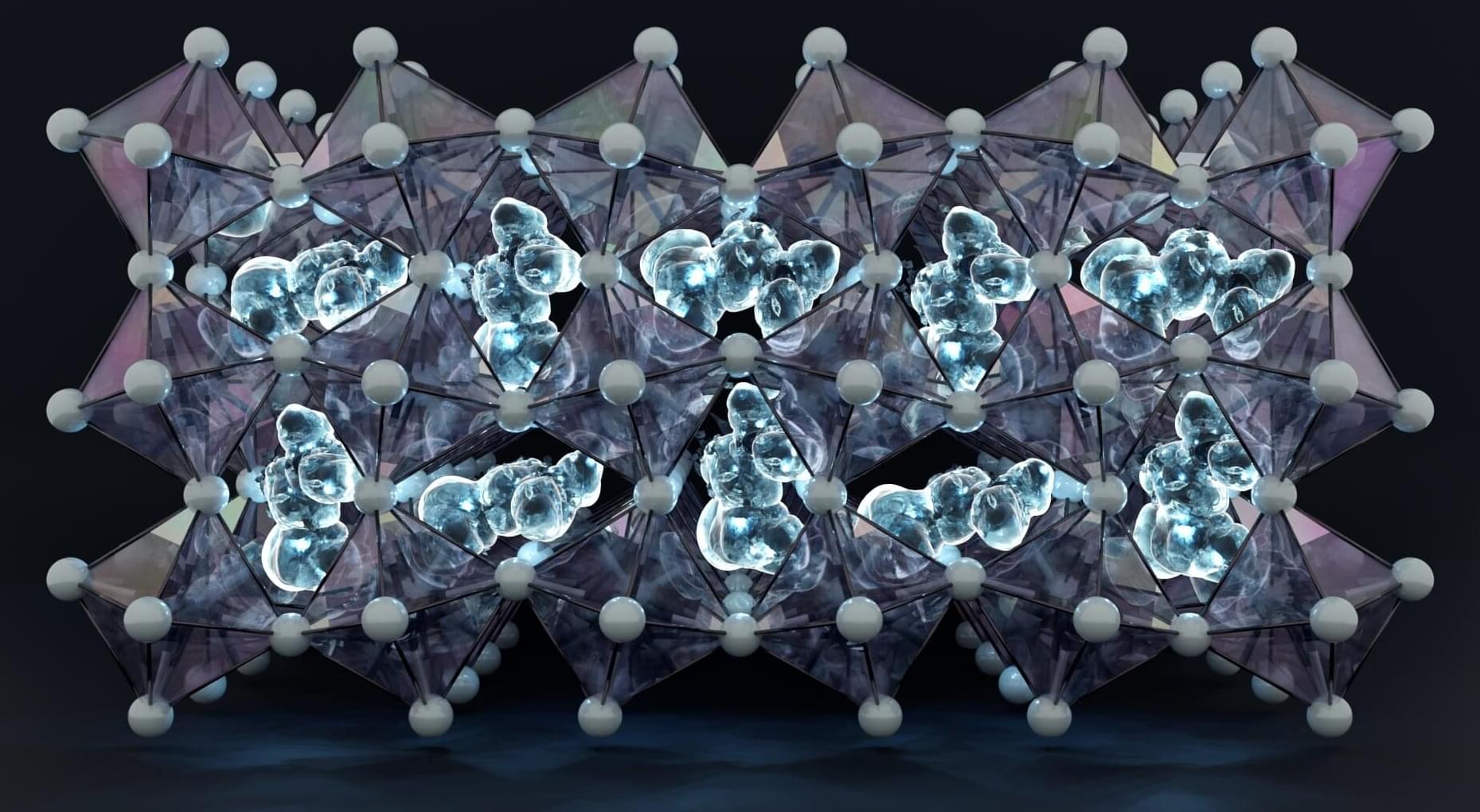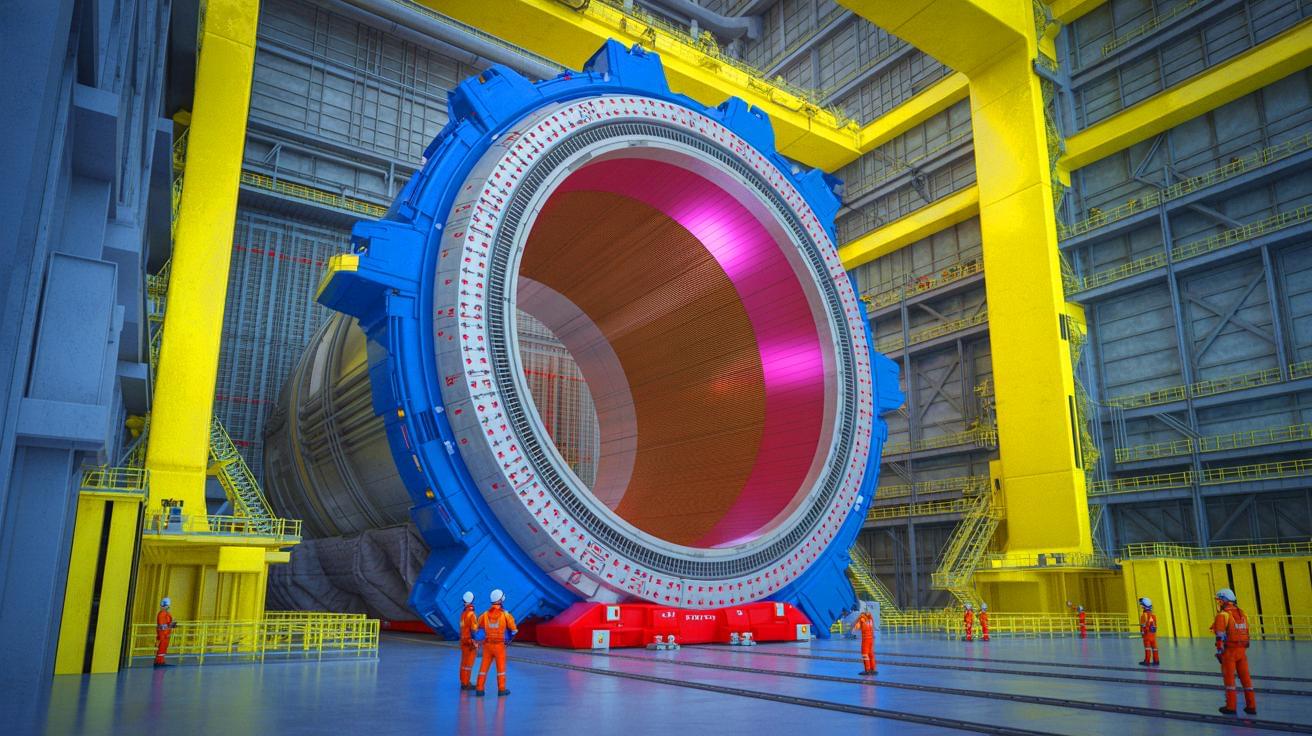Scientists have uncovered how a key type of immune cell adapts its behavior depending on the type of infection, paving the way for better vaccines and advancing research into immune-related diseases.
In their study published in Nature Immunology, a WEHI-led research team has revealed how T follicular helper (Tfh) cells tailor their instructions to the immune system depending on the pathogen they encounter.
The findings shed light on the molecular “instruction manual” that guides antibody production and long-term immunity, offering new tools to improve vaccine design and develop targeted therapies for immune-related conditions and other major health challenges, including cancer.









